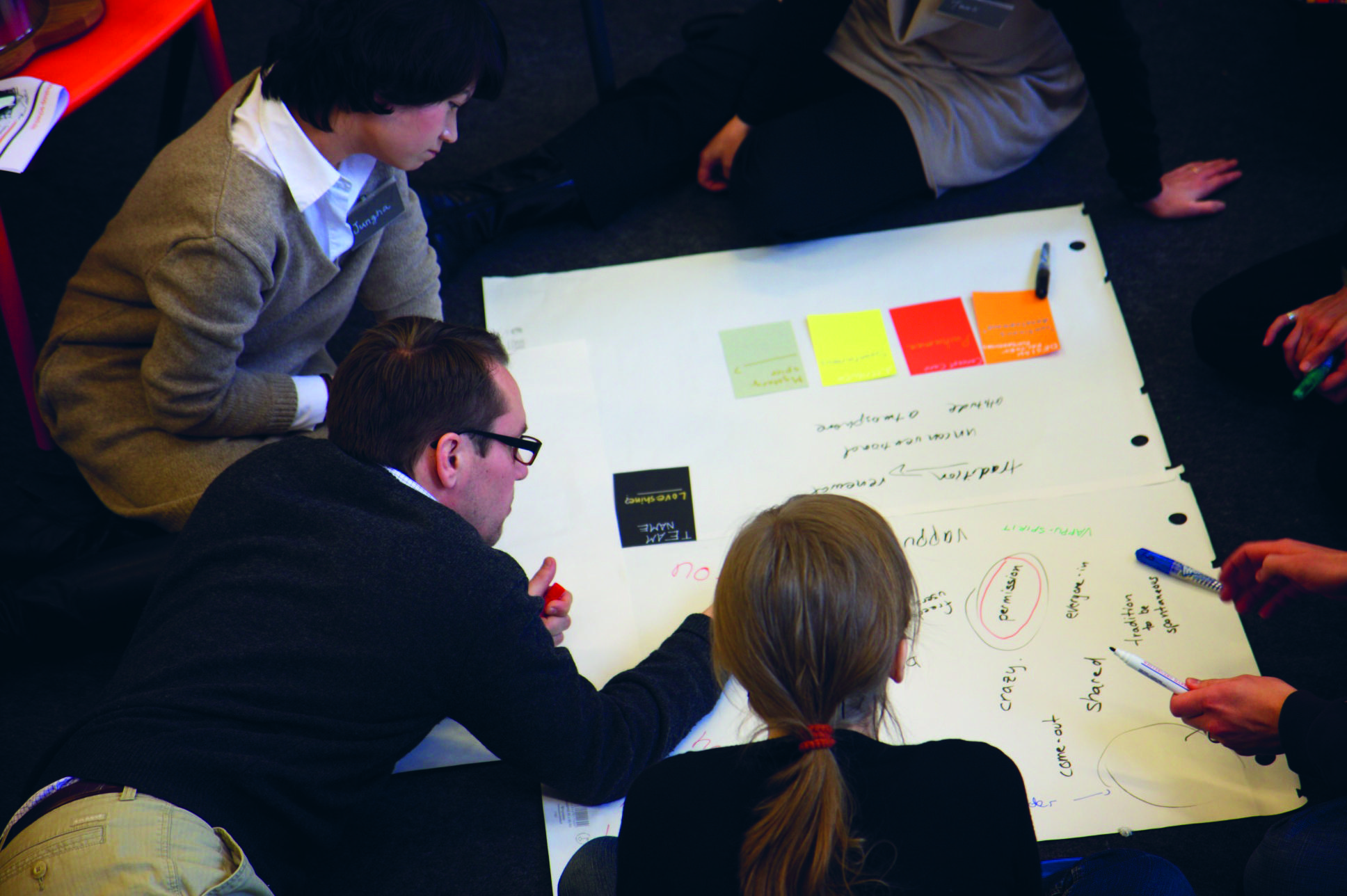If you start your university studies this autumn, there is enough time for the available digital information to multiply during your studies. According to studies, the new information is too much. As new data replaces older so quickly, data content therefore no longer creates a solid basis for a work career. Cramming has become pointless. For work life, university students need far-reaching skills. Changes in the amount and use of information also requires changes in learning skills, but universities’ teaching methods are changing very slowly. In Aalto Design Factory, our studies consistently show that the development of skills instead of knowledge is now more important. Information is left unused without the right skills.
Series part 7: The successful student and the role of university education
If you start your university studies this autumn, there is enough time for the available digital information to multiply during your studies. According to studies, the new information is too much. As new data replaces older so quickly, data content therefore no longer creates a solid basis for a work career. Cramming has become pointless. For work life, university students need far-reaching skills. Changes in the amount and use of information also requires changes in learning skills, but universities’ teaching methods are changing very slowly. In Aalto Design Factory, our studies consistently show that the development of skills instead of knowledge is now more important. Information is left unused without the right skills.
Wanted: The proactive unifier
When you compare the successful product development professionals and students, students lack certain important skills. A successful product developer has more initiative than a student, he knows how to connect the pieces of information together extensively, and is more cooperation-oriented right from the beginning of the project. These skills form the basis for succeeding in the workplace. It would therefore be essential that university students also be able to accumulate those skills that can make the beginning of their careers less difficult.
Published at the end of March, the Ministry of Education and the Ministry of Culture commissioned by the International Commission of Inquiry recommends that Finnish universities emphasize skills development. In high school, this is already being tested. This fall, many of the people of Helsinki schools teach the subject rather than the topic. For example, from a module of the European Union, they draw from economics, history, geography and languages, or in a lesson on café services, applicable language, math, and communication skills.
At universities, teaching practices have been slower to change because the degree and passion of most professors is science, not teaching. Aalto Design Factory has arranged an interdisciplinary bachelor’s degree minor in the pilot, called Aaltonaut, which strives to come up with solutions for the need for broader change.
“All program courses are carried out in cooperation with teachers, in project-based learning supported teams,” tells the corresponding program teacher Elina Kähkönen.
“We are currently experimenting with a wide portfolio of tasks and annual development discussions throughout the program that will help students identify their skills and to set their next objectives. The aim is to find teaching methods that could in the future be widely used in Aalto University.”
So what can be done to foster proactive behavior?
(Cohen, Freeman & Thompson, 1997) advises teachers to tell product development students to make more comprehensive mental problem representations by way of paying “more attention to the interconnections, consequences and context of the problem” (Björklund 2013). This way the student can identify more options and points of leverage. When this creates success, it results in motivation and more opportunities for proactivity, therefore forming a virtuous cycle.
Another good strategy is to utilize a larger variety of outside information sources, to consult or collaborate with other development professionals, and instead of demanding ready answers for their questions from the clients, to have a more active role in seeking the needed information. In short, to become better at identifying their information needs and to gather their information sources more actively.
Taken from: Björklund, Tua. Yliopistokoulutus vanhenee käsiin
Björklund, Tua A. 2013. Initial mental representations of design problems: Differences between experts and novices. Design Studies. Volume 34, Issue 2. 135-160. ISSN 0142-694X (printed). DOI: 10.1016/j.destud.2012.08.005.
Series Part 1: Introduction to ADF ways of working
Series Part 2: The environment
Series Part 5: The role of the teacher
Series Part 6: Prototyping, Failing and Learning
Series Part 7: The successful student and the role of university education
 Aalto DF
Aalto DF